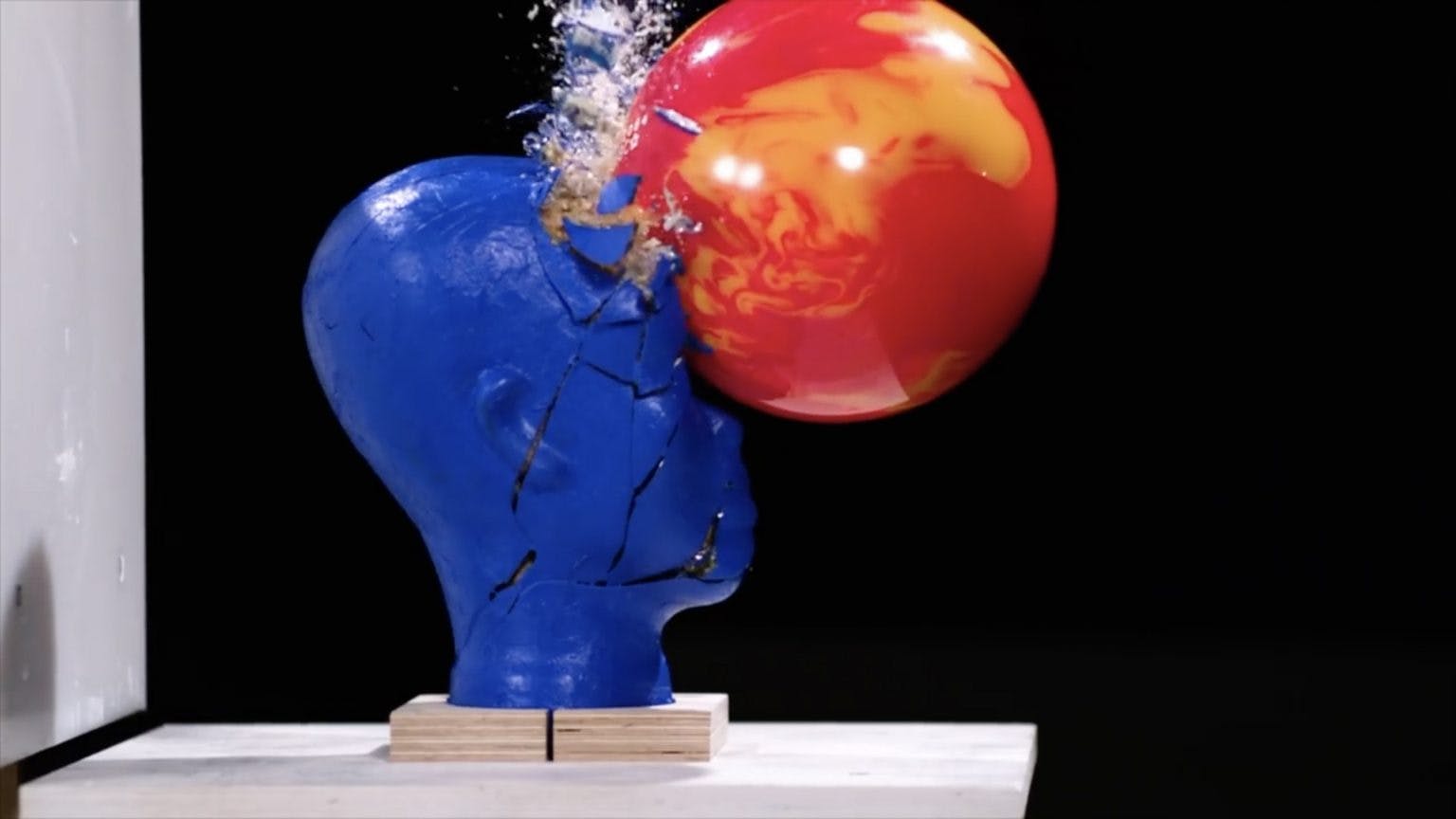Slow Motion慢鏡頭
Slow Motion is a new film work by Hao Jingban. Before this work was filmed last year, a tragic fire had raged in a Beijing apartment building of migrant workers killing 19 people on November 18. What followed was just as sudden, a mass-eviction of residents and workers situated in countless ‘unsafe’ buildings across the capital. Images of the newly homeless soon spread across social media just as swiftly as the action to simultaneously displace a mass group of people in one winter. While the questioning of causes relay online, the simple gesture of an artist to look and go to where these events are becomes just as urgent. The film is structured as a montage of found footages of slow shots of violent impacts on objects and humanoid dummies, soundtrack of buoyant jazz improvisation, slow shots of evicted dwellers gathering their belongings, and the artist’s narrative voiceover. The resultant mélange of sensation is a clamorous cacophony of choreographed chaos, in a way letting viewers experience the slow violence embodied in the moving images. Using footage filmed as the initial events began to unfold, Slow Motion is a personal response that explores methods of perceiving this event and the complicated issues of doing so.
慢鏡頭》是郝敬班的最新影像作品。去年冬天發生在北京的事故波及全城,無家可歸者的照片也迅速在社交媒體上大量傳播。當對事件的究因在網絡上不斷發酵,藝術家的考察與實地探尋也變得十分緊要。這部電影的結構是一組蒙太奇:外力劇烈撞擊物件和人形假人的拾得的緩慢鏡頭,即興爵士音樂的伴奏,被驅逐的居民收集他們的物品的錄像的緩慢鏡頭,以及藝術家的旁白敘述。由此產生的混雜的感觀讓觀眾體驗到影像中的緩慢暴力。現場的圖像在回放中慢慢展開,《慢鏡頭》是一個個人的回應,是一次對感知這次事件的方法的探索。
圖片由藝術家及刺點畫廊提供
All copyright reserved by the artist. 作品版權歸藝術家所有。
For enquires, please contact [email protected]
